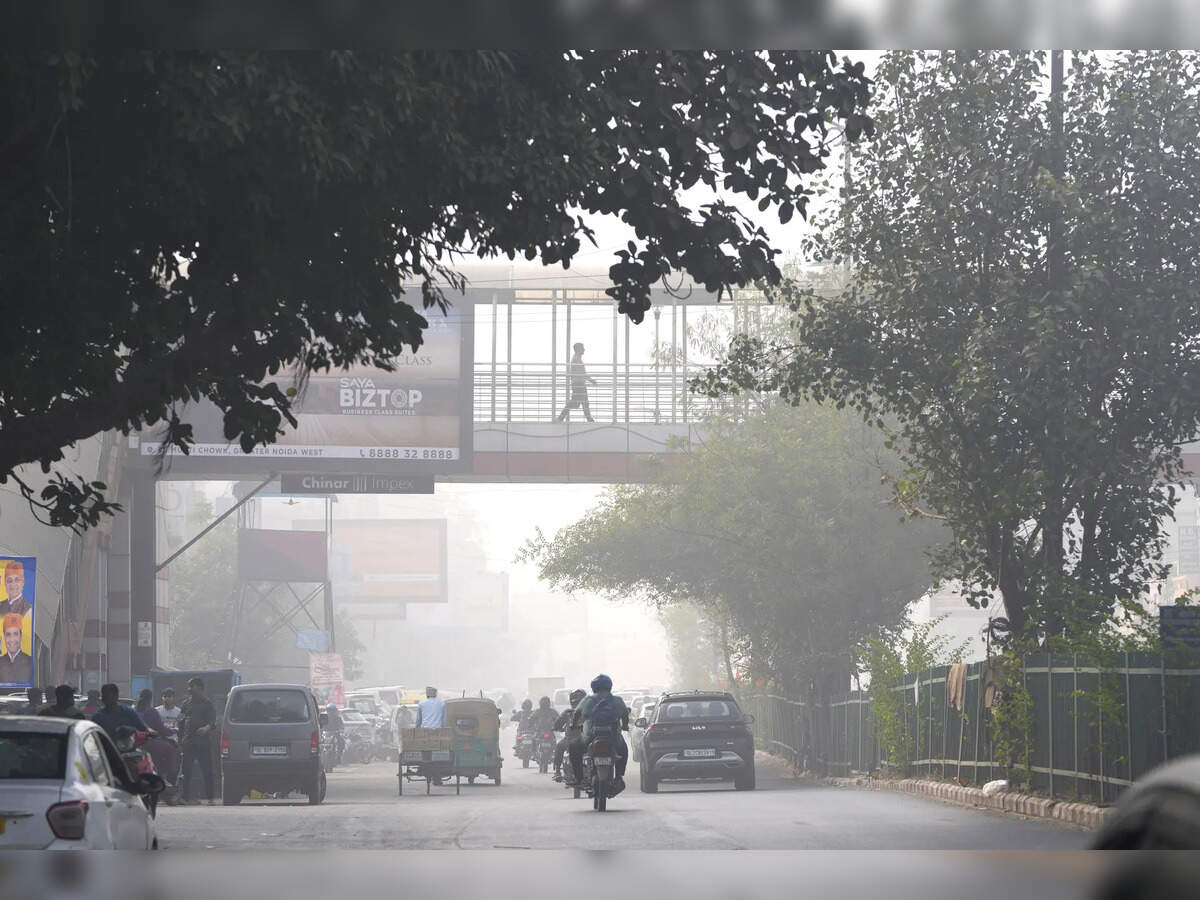PM10 Levels in Indian Cities
Recent studies indicate a severe air quality crisis in major Indian cities. The Central Pollution Control Board (CPCB) reported that particulate matter (PM10) levels have consistently exceeded national safety standards from 2021 to 2024. The National Ambient Air Quality Standards (NAAQS) set the safe limit for PM10 at 60µg/m³. However, cities like Delhi, Patna, and Lucknow recorded levels surpassing 200µg/m³. This pollution poses health risks, including respiratory issues and hospitalisation.
About PM10 Particles
PM10 refers to particulate matter with a diameter of 10 micrometres or smaller. These particles can penetrate the respiratory system, leading to health complications. Short-term exposure can worsen asthma and chronic obstructive pulmonary disease. Long-term exposure increases the risk of serious health conditions.
Sources of PM10 Pollution
Key contributors to elevated PM10 levels include:
- Vehicular Emissions: Increased traffic leads to higher emissions.
- Construction Activities: Unregulated building projects generate dust.
- Waste Burning: Open burning of waste releases harmful particles.
- Industrial Operations: Factories emit pollutants during production.
- Agricultural Practices: Crop residue burning contributes , especially in northern states.
Geographical Impact
The Indo-Gangetic plain is particularly affected. Cities like Delhi, Patna, and Lucknow consistently report high PM10 levels. In 2024, Delhi’s Anand Vihar station recorded a staggering 313.8µg/m³. Patna’s Samanpura reached 237.7µg/m³, while Lucknow’s Lalbagh remained above 160µg/m³. Even cities with better historical air quality, such as Bengaluru and Chennai, failed to meet safety standards.
Policy Responses and Challenges
Despite multiple policy interventions and city-level action plans, PM10 concentrations remain high. The analysis by Respirer Living Sciences indicates no long-term improvement in air quality. Experts advocate for stricter enforcement of emission norms and expanded air quality monitoring networks. They stress the need for tailored solutions for each city based on its pollution profile.
Future Directions for Air Quality Management
Addressing the air quality crisis requires a comprehensive approach. Experts suggest integrating air quality considerations into urban planning. This includes transportation, housing, energy, and waste management systems. Temporary measures are insufficient; a fundamental rethink is necessary for sustainable improvement.
Month: Current Affairs - April, 2025
Category: Environment Current Affairs






